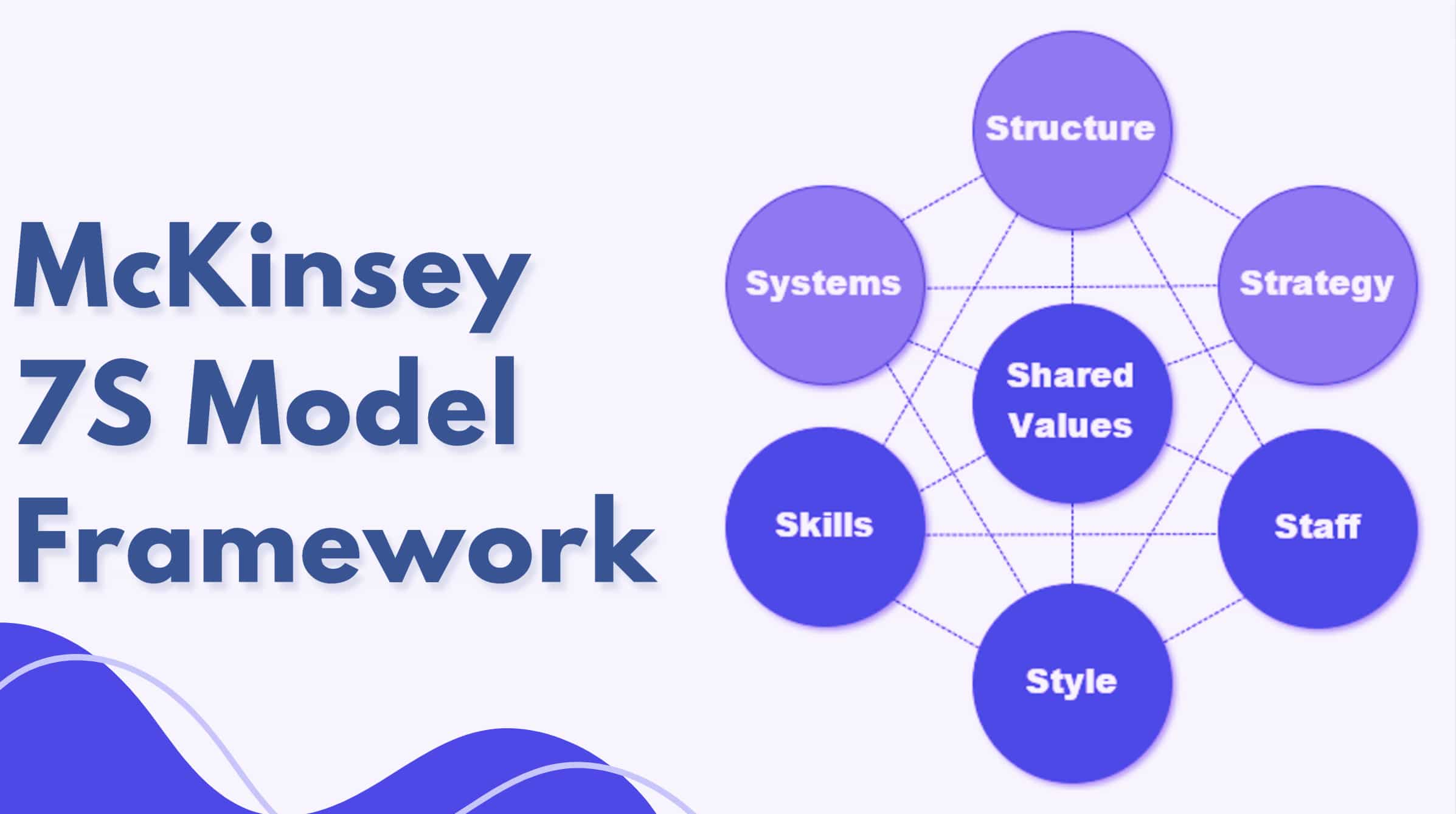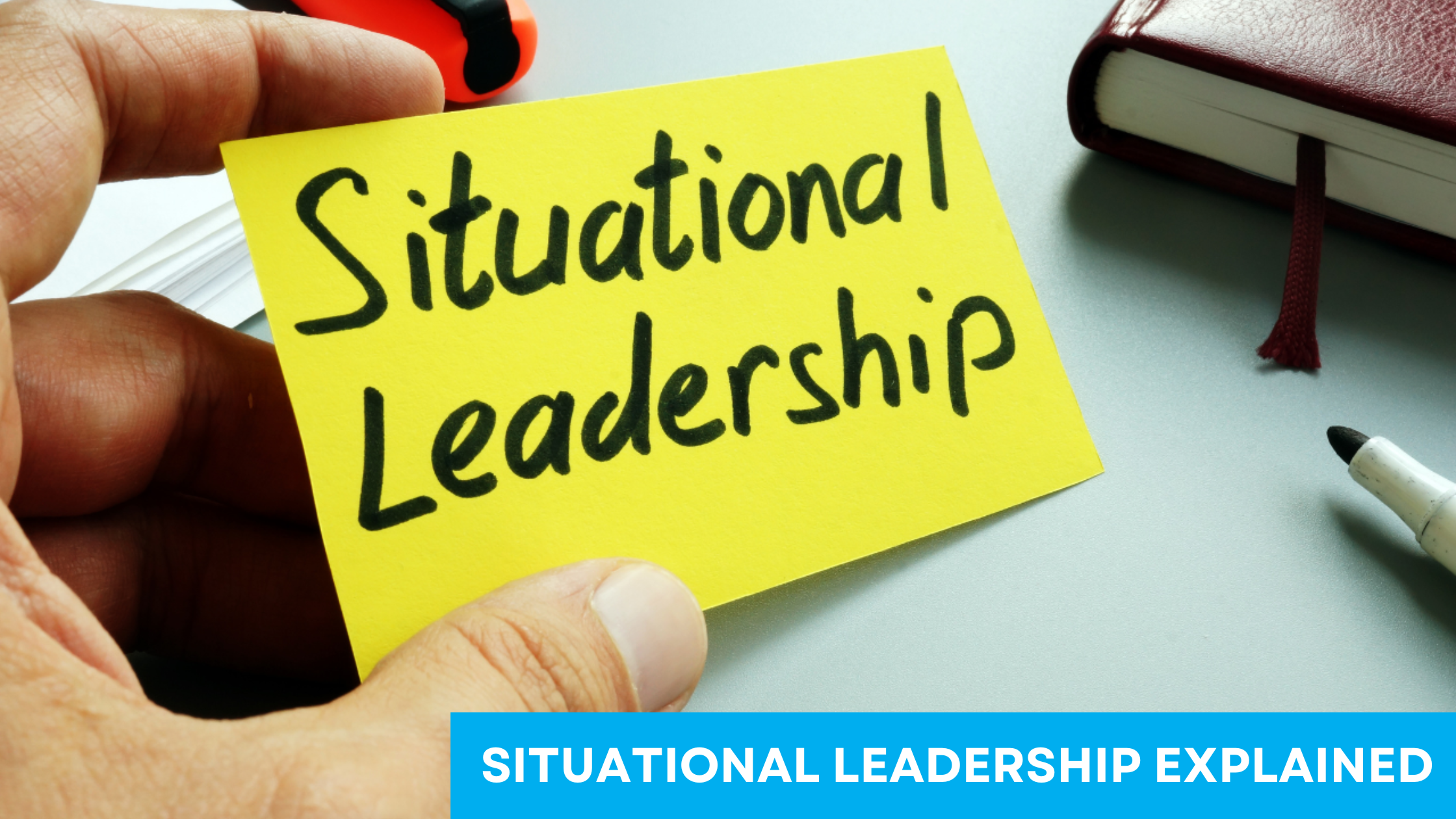The McKinsey 7S Framework is a comprehensive model that addresses the critical elements of organizational effectiveness. Developed in the late 1970s by consultants Tom Peters and Robert Waterman at McKinsey & Company, the model proposes that seven key components must be aligned for an organization to operate successfully.
These components are categorized as either ‘hard’ or ‘soft’ elements. Strategy, Structure, and Systems are the ‘hard’ elements, while Shared Values, Skills, Style, and Staff are considered the ‘soft’ elements. The interconnectivity of these elements suggests that a change in one aspect will invariably affect the others, making the framework an invaluable tool for managers seeking to implement organizational change.
The model’s enduring relevance in strategic management and organizational analysis underscores its versatility in assessing and aiding transformation across various types of businesses. By examining the intricacies of the McKinsey 7-S Framework, leaders are equipped with the insight to ensure the harmonious alignment of the core elements, fostering a robust organizational culture that can effectively respond to evolving business environments.
Origins and Fundamentals of the McKinsey 7S Framework
The McKinsey 7S Framework remains a cornerstone of organizational analysis and design, credited with transforming business strategy and structure through its holistic approach.
Development by Tom Peters and Robert Waterman
Tom Peters and Robert Waterman, consultants at McKinsey & Company in the 1970s, developed the McKinsey 7S Framework. Their collaboration aimed to create a tool that captured the complexity of organizational effectiveness beyond the traditional focus on structure and strategy.
The framework identifies seven interdependent factors, classified as either ‘Hard’ or ‘Soft’ elements, which are pivotal for organizational success. These elements include Strategy, Structure, Systems (Hard S’s), and Shared Values, Skills, Style, and Staff (Soft S’s). The beauty of the framework lies in its flexibility and emphasis on the interconnections between these elements – a change in one affects the others.
Their work culminated in the book “In Search of Excellence,” which highlighted the framework as a model for diagnosing and promoting organizational health and effectiveness. Peters and Waterman’s revolutionary work emphasized the dynamic interplay between factors that many had previously seen in more static terms.
Hard Elements: Strategy, Structure, and Systems
The McKinsey 7S Framework identifies three ‘hard’ elements — strategy, structure, and systems — as organizational design’s tangible and measurable components. They are foundational to a company’s ability to enact its vision and achieve its objectives.
Strategy as a Path to Competitive Advantage
Strategy articulates an organization’s plan to achieve competitive advantage and its goals. By defining clear paths, it guides decision-making and resource allocation. A well-crafted strategy addresses market demands, competitive dynamics, and the company’s unique value proposition. The lighthouse keeps the entire organization steered toward its desired market position.
Structure and Its Impact on Organizational Design
The structure of an organization determines its hierarchy and the layout of its reporting and communication lines. An agile structure adapts to business necessities, promoting efficiency and a swift response to changing market conditions. The structure forms the backbone that upholds the organization’s operational skeleton by delineating responsibilities and supervisory relationships.
- Hierarchy: A clear outline of positions, from the top management to the operational level.
- Functional Divisions: Departments or units specialized in particular business areas.
Systems Governing Daily Operations
An organization’s systems encompass the procedures, processes, and routine activities that workers and management employ to get work done. These include information technology frameworks, performance measurement methods, and daily workflow mechanisms. Efficient systems support staff in executing the strategy within the established structure, ensuring progress towards the collective objectives.
- Workflows: Standardized processes that facilitate task completion.
- Technology: Tools and platforms that support daily operations and collaborative work.
Soft Elements: Skills, Staff, Style, and Shared Values
The four soft elements in the McKinsey 7S Framework are pivotal in shaping how an organization operates from the inside out. These interconnected human-centric components influence the organization’s adaptability, employee engagement, and alignment with strategic objectives.
Staff and Skill Development
An organization’s staff represents its workforce. Each staff member brings unique skills that contribute to the company’s capabilities. Emphasis on skill development is key, with continuous training and educational opportunities ensuring that personnel grow in tandem with the organization’s evolving needs. This focus on human resources and professional growth fosters a well-prepared and versatile workforce.
Management Style and Organizational Culture
Management style is a reflection of how leadership guides and motivates staff. It encompasses the decision-making approach, how communication is handled, and how leaders model and enforce organizational norms. Affirming an inclusive and empowering management style aligns closely with a positive corporate culture, driving performance and employee satisfaction.
Shared Values and Corporate Identity
Shared values stand at the core, acting as the organization’s ethical compass and bonding agent. These values are mirrored in the corporate identity and resonate through the actions and policies of the company. They serve as a rallying point for all stakeholders, guiding behavior and decision-making across the organizational spectrum. Illuminating these values helps solidify the organization’s purpose and direction.
Analyzing and Action Planning Using the 7S Model
The McKinsey 7S Framework serves as a powerful strategic planning tool that aids in analysis and action plan development for organizational change. It emphasizes aligning seven interdependent elements for the effective implementation of strategies.
Conducting 7S Analysis for Organizational Change
To begin an analysis using the McKinsey 7S Model, organizations must first assess the current state of each element:
- Strategy: Determine the existing strategic plans.
- Structure: Evaluate how the company is organized.
- Systems: Identify all processes and procedures in place.
- Shared Values: Understand the core values that are the organization’s heart.
- Style: Observe the leadership approach and managerial behavior.
- Staff: Assess employee capabilities and experiences.
- Skills: Analyze the competencies and skills the workforce possesses.
They then compare this to the desired future state to spot inconsistencies and gaps. This analysis should yield a clear understanding of the areas requiring adjustment to facilitate change.
Creating Effective Action Plans
After the analysis, developing an action plan is critical for moving from the current to the desired states:
- Prioritize: Identify which 7S changes will have the most significant impact.
- Objectives: Clearly define what each change hopes to achieve.
- Actions: List specific steps to align the 7S elements with the desired future state.
- Responsibilities: Assign clear roles for who is accountable for implementing each action.
- Timeline: Establish a realistic time frame for completing the actions.
The action plan should foster alignment among the elements and serve as a roadmap for navigating the complexities of organizational change. Its effectiveness lies in both the clarity of the steps outlined and the integration into the company’s ongoing operations and culture.
Applying the Framework to Modern Organizational Challenges
The McKinsey 7S Framework remains a vital tool for addressing contemporary organizational issues, providing a structured approach to assess and realign vital components during times of change.
Mergers, Acquisitions, and Restructuring
When organizations engage in mergers or acquisitions, the challenges of aligning structures, staff, and cultures are significant. The McKinsey 7S Framework aids management in merging disparate systems and aligning operations by examining the interdependencies of the seven elements. Successful restructuring requires not just a redrawing of organizational charts but also ensuring that soft elements such as skillsets and shared values are integrated, leading to a cohesive whole.
- Structure: Merging entities often have different hierarchies. Efficiently blending them to maintain functionality and control is crucial.
- Style: The leadership approach should adapt to manage the mixed entity effectively.
- Shared Values: Core values may clash following an acquisition. Identifying common ground is vital for smooth integration.
Innovation, Scaling, and Maintaining Alignment
Organizations focusing on innovation must adapt without losing sight of their core values.
The 7S model can be used for effective change management to scale operations while maintaining alignment with the original mission and vision.
Keeping each ‘S’ in harmony is key to sustainable development as businesses grow.
- Strategy: It dictates the direction of innovation and prescribes how growth should be approached.
- Systems Must evolve to support larger operations while remaining efficient and resilient.
- Shared Values: These guiding principles should remain intact, irrespective of the company’s scale.
Integrating the McKinsey 7S Framework into these scenarios allows for deliberate and strategic alignment and restructuring, setting a strong foundation for future success.It encourages management to consider the broader implications of organizational decisions, ensuring each change is aligned with the company’s overarching goals.



